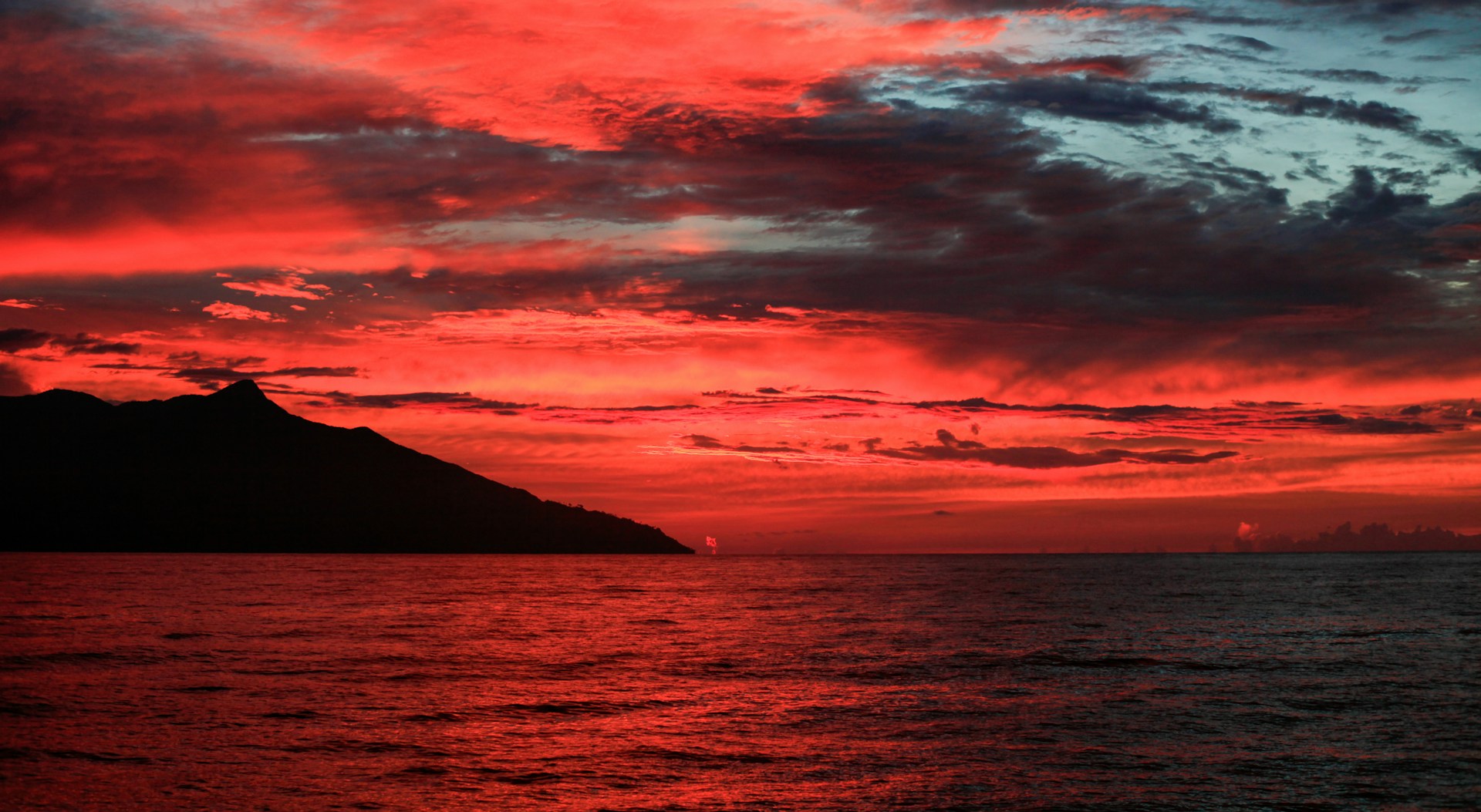Discover the unique charm of Papua New Guinea’s rugged landscapes, welcoming people, and vibrant culture. Uncover the mysteries of its diverse fauna and flora, and be captivated by the iconic rainforests and coral reefs. Immerse yourself in the ultimate blend of Caribbean and Pacific island vibes. Explore the wonders of this third-largest island, all while staying vigilant for encounters with the fascinating and at times, dangerous animals in Papua New Guinea. Your adventure awaits!
Table of Contents
Why visit Papua New Guinea?
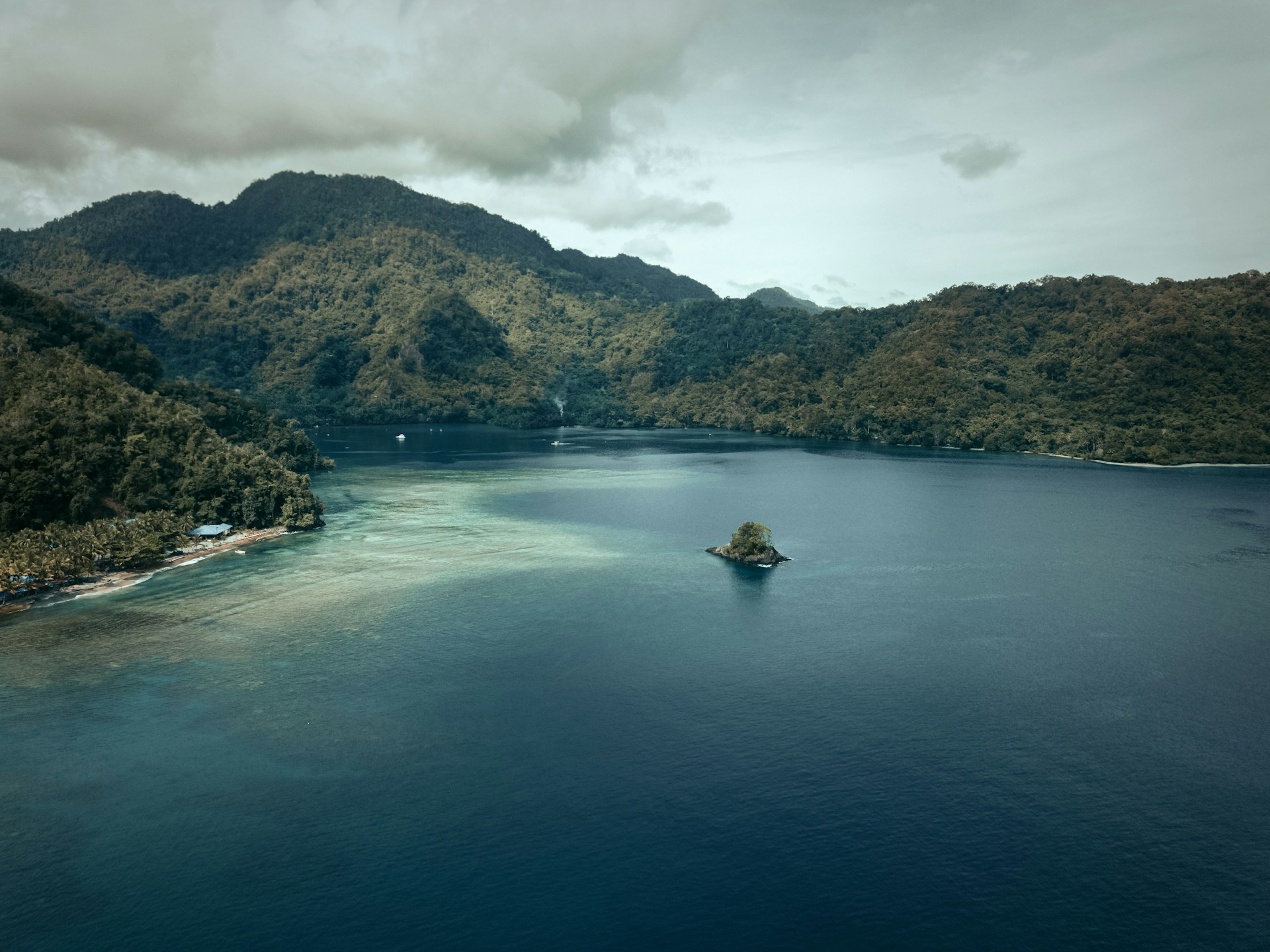
When considering a Pacific vacation, Papua New Guinea (PNG) emerges as an enticing destination. The warmth, friendliness, and charm of the local people promise a memorable experience as they guide you through various places of enjoyment. The biodiversity in this region is unparalleled, shaped by unique climatic conditions and the islands’ geographical location.
Witnessing animals exclusive to these islands adds a rare and remarkable element to your journey. The plant species found here are equally distinctive, some existing solely within these islands. Papua New Guinea stands out as one of the most culturally and traditionally diverse locations globally, boasting over eight hundred languages spoken.
The rainforests in the PNG jungle remain largely unexploited, allowing you to encounter some of the area’s unique species. However, it’s essential to be aware of potentially dangerous animals during your trip to Papua New Guinea.
Cassowary

The cassowary, often underestimated due to its bird classification, resembles an ostrich and is known for its dagger-like 5-inch middle toe. While unable to fly, these birds inhabit various parts of the tropical rainforests in Papua New Guinea. Caution is advised as they can become dangerous when provoked. Notably, there have been instances of fatal incidents, such as a boy being kicked in the jugular, resulting in fatal bleeding. When exploring these regions, it’s crucial to exercise care and be mindful of the presence of cassowaries.
Papuan Black Snake
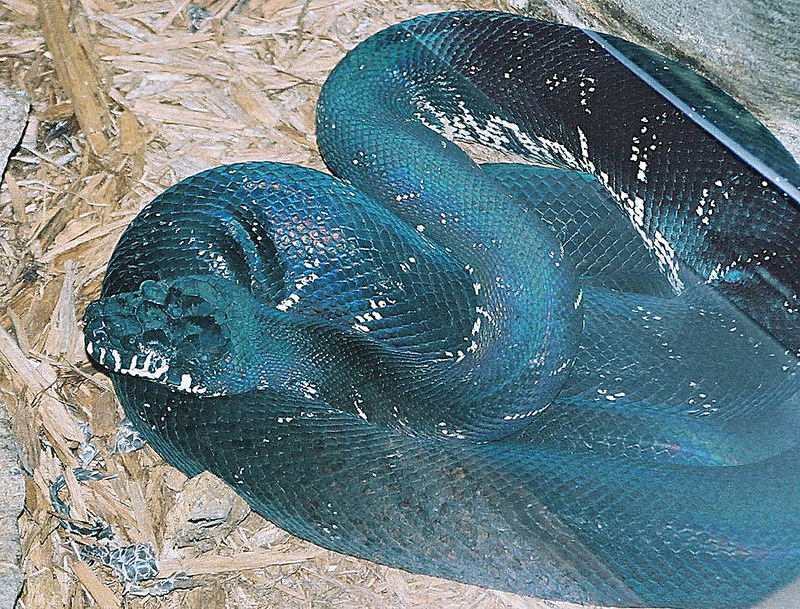
Native to Papua New Guinea, the Papuan black snake stands out as one of the most dangerous animals in the region, reaching lengths of up to 8 feet and characterized by its dark color. Encounters with these snakes are possible during explorations, and their venom, causing paralysis, can be fatal without prompt antivenom administration. Travelers are strongly advised to remain vigilant for the Papuan black snake to ensure a safe journey through Papua New Guinea.
Taipan Snake
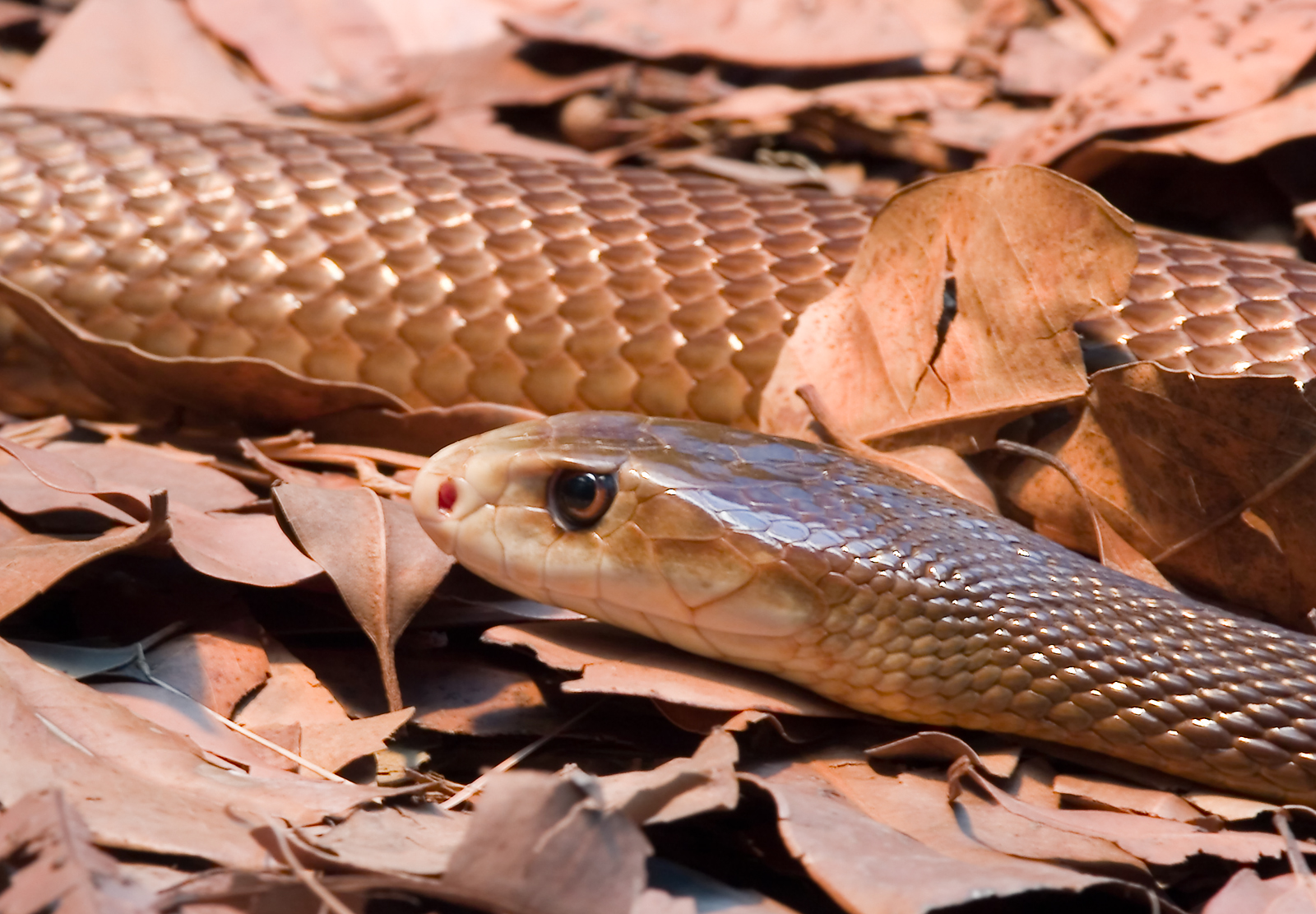
Among the most dangerous animals in Papua New Guinea, the taipan snake is renowned as one of the world’s most venomous snakes. These highly feared creatures, camouflaged in the deep forests, pose a significant danger to human life. Their venom induces paralysis, blood clotting, and, ultimately, death. Travelers are urged to exercise extreme caution, familiarize themselves with the areas they visit, or preferably, hire a guide to minimize the risk of snakebites. Immediate medical attention is crucial in case of a snakebite.
Saltwater Crocodiles

In the rich fauna and flora of Papua New Guinea, saltwater crocodiles thrive, with some growing up to 7 meters in length and weighing over 2500 pounds. To avoid potential danger, it’s crucial to steer clear of crocodile-infested areas, especially rivers. These stealthy predators camouflage themselves in water, swiftly attacking and suffocating their prey when detected. Awareness of their presence in water bodies is vital for ensuring a safe exploration of Papua New Guinea.
Poisonous Birds
Contrary to expectations, Papua New Guinea is home to poisonous birds, often brightly colored and commonly sighted on the islands. While visually appealing, these birds derive their venom from beetles, making them potentially dangerous. Travelers are advised to consult local guides before interacting with these birds, as their venom can be akin to that of poisonous dart frogs, posing a considerable threat.
Tarantulas

During your visit to Papua New Guinea, be cautious of tarantulas, large arachnids found in the deep forests. Some of these spiders can grow over 12 inches long, with fangs reaching about 2 inches. While their bites are generally not dangerous to humans, they can cause severe organ damage, leading to skin swelling and tissue damage. Stay alert and take precautions when encountering these creatures to ensure a safe exploration of the country’s diverse landscapes.
Banded Sea Krait

Encountering the banded sea krait in the waters of Papua New Guinea poses a serious threat, as these highly venomous snakes are known to bite and inject venom. Despite their bright-colored bodies, caution is paramount when swimming, as their venom can cause damage to synapses, disrupting neural communication. While not inherently aggressive, provoking or approaching them may be perceived as a threat, emphasizing the importance of avoiding close encounters during your trip.
Monitor Lizard
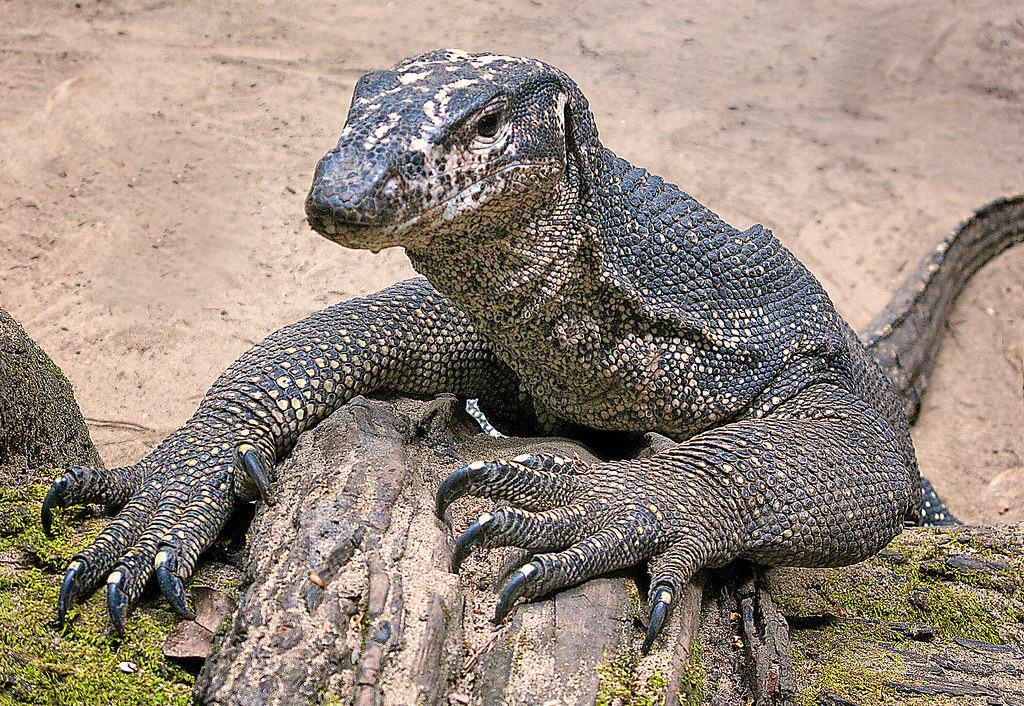
In Papua New Guinea, monitor lizards, often underestimated, can be dangerous due to their large size and carnivorous nature. Capable of consuming an entire deer, these lizards possess venom used to immobilize prey, posing a risk to humans. A bite from a monitor lizard introduces various bacteria and pathogens, potentially causing severe infections and, in some cases, leading to fatal consequences. Awareness of these seemingly harmless creatures is essential for a safe exploration.
Giant Centipede
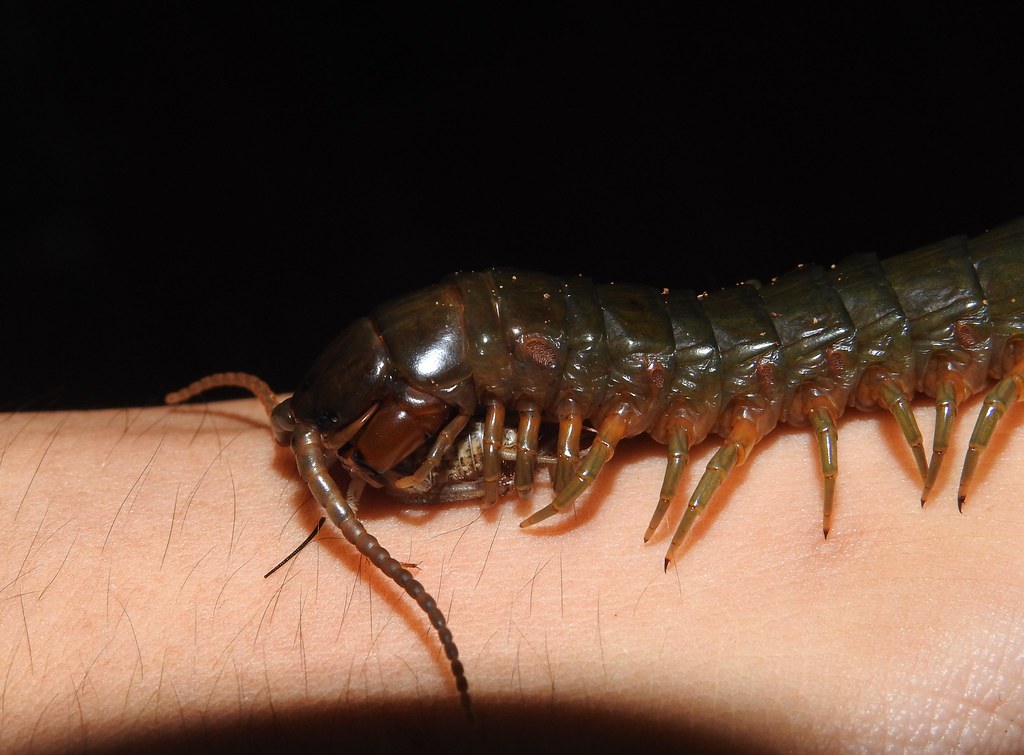
The giant centipede, measuring about 15 inches and armed with a poisonous fang, is one of the noteworthy dangerous animals in Papua New Guinea. Its toxic bite, especially perilous for those highly allergic, can lead to cardiac muscle failure, cardiac arrest, and dangerous infections. Caution is advised when encountering these centipedes to prevent potential health risks during your visit.
Common Death Adder
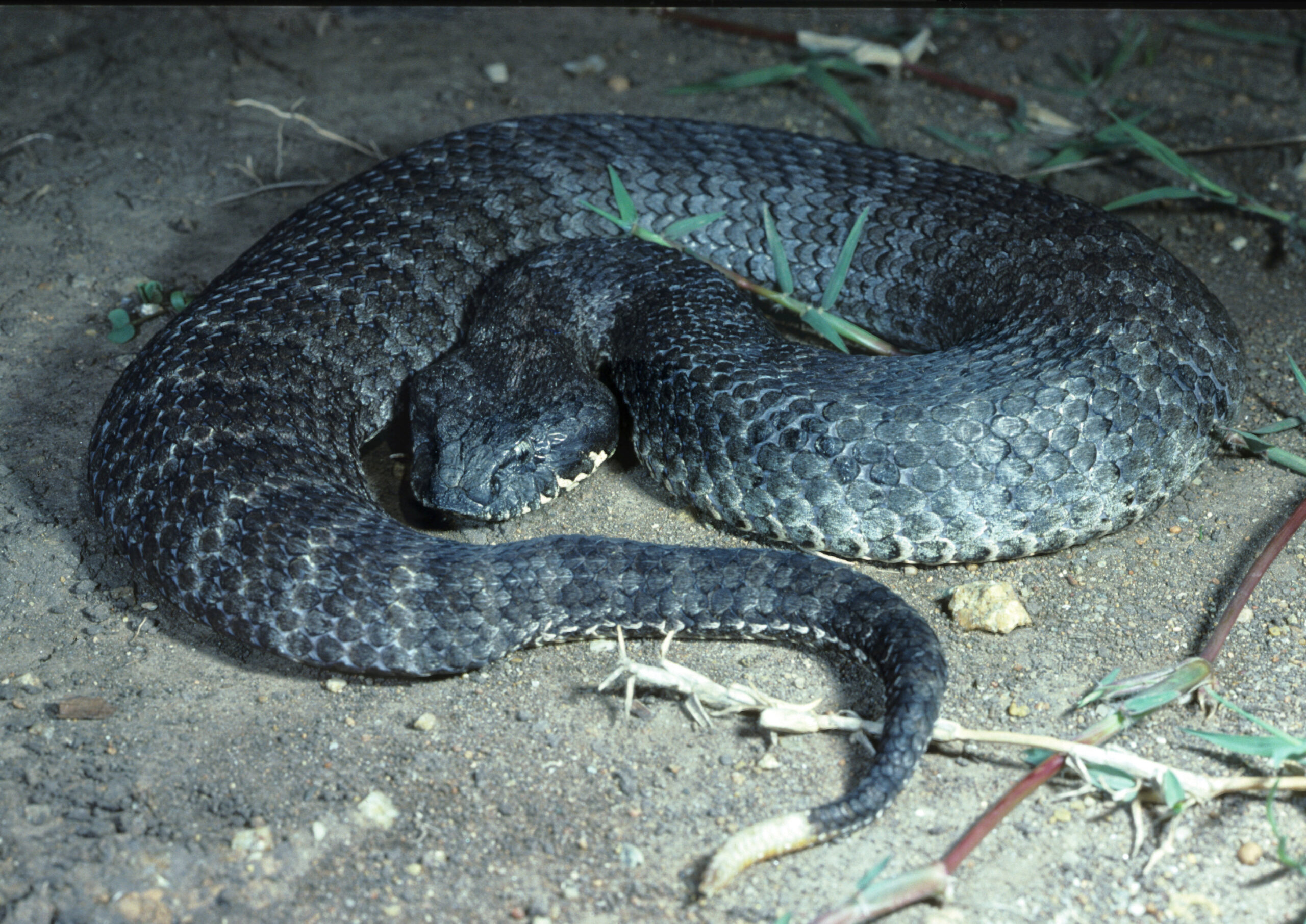
Found in the jungles of Papua New Guinea, the common death adder is a highly venomous snake with long fangs. While their usual prey includes small animals, they can pose a significant threat to humans. Camouflaging well in the dark green leaves, these snakes can strike by surprise. The neurotoxin in their venom can cause paralysis of the central nervous and cardiac systems, emphasizing the need for immediate antivenom injection to prevent death within a short time.
Lionfish
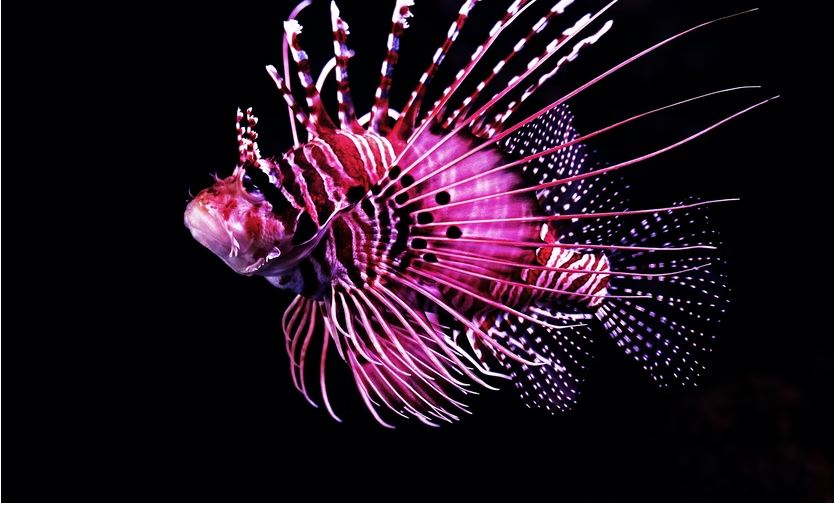
Exploring the waters of Papua New Guinea may lead to encounters with the lionfish, residing deep in the ocean. Despite their vibrant colors, touching them is perilous due to their potent venom, causing paralysis of the central nervous system and, ultimately, death. Symptoms of lionfish stings include chest pains, excruciating pain, swelling, and loss of consciousness, underscoring the need for caution during underwater activities.
Box Jellyfish
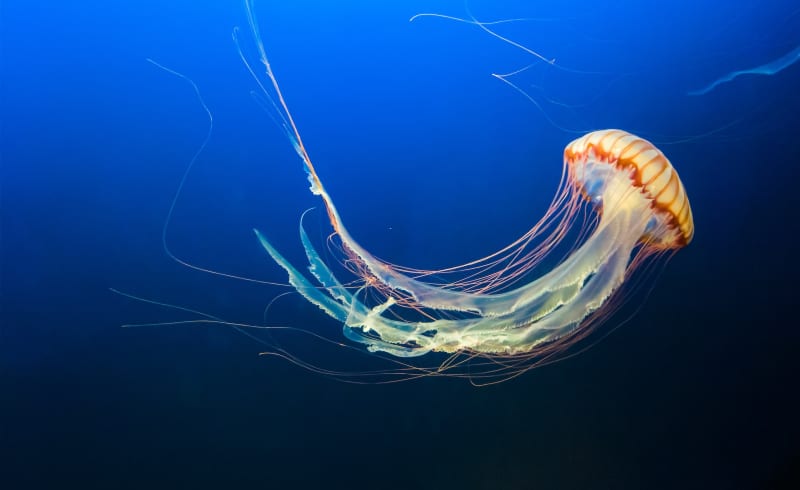
In the Pacific waters, particularly around Papua New Guinea, the box jellyfish is a highly dangerous animal. Its tentacles deliver a potent venom capable of causing instant death if not promptly treated with antivenom. During the summer months, these jellyfish may be found near the shores, and swimmers should exercise extreme caution to avoid severe injuries. Their bluish color blends with the ocean, making them difficult to spot until a sting occurs, with the venom leading to cardiac arrest and potential fatality if not immediately addressed.
_____________
Learn more about the dangerous animals in the countries nearby:

